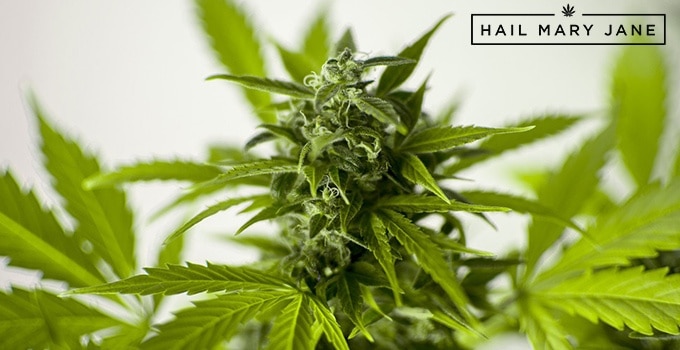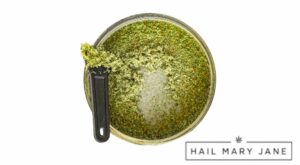The cannabis industry has a contamination problem.
In a 2015 report published in the Journal of Toxicological science, over 80 percent of 57 concentrate samples tested positive for pesticide contamination.
While individual states have created mandatory testing requirements for cannabis products, many home growers and cultivators in regions without regulation still rely on pesticides, miticides, herbicides, and chemical nutrients to get the most out of their cannabis crops. We’re going to go through some organic marijuana growing tips to avoid contamination in our plants.
Cannabis Organic fertilizers
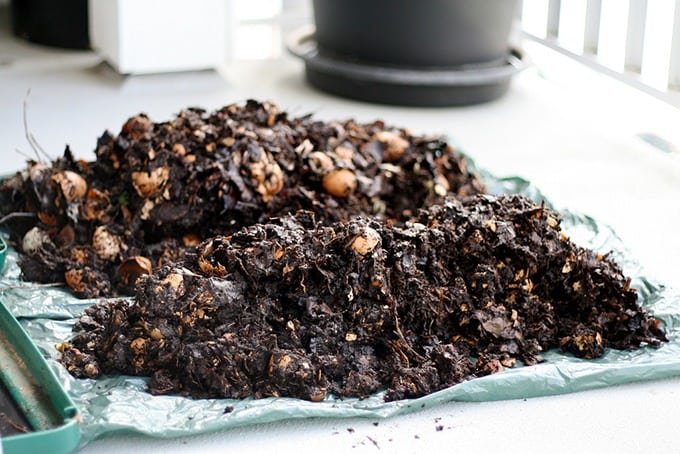
In some ways, talking about growing philosophies is like talking about politics. Conversations can quickly become heated and there is more than one way to garner impressive results.
This article approaches organic gardening utilizing some principles of permaculture, which views the cannabis plant as a part of a natural ecosystem, rather than a single monoculture.
One of the tenants of organic soil is to use as few additional nutrients as possible. Not only are fertilizers expensive, but you should not need to use many fertilizers if your soil is healthy in the first place.
Many fertilizers mask poor soil health. While they may result in significant, luscious-looking plants, the plant will lack valuable terpenes and other phytochemicals that it creates in response to its interaction with its living environment.
-
Compost
Compost is extremely nutrient dense and it can always be added to the top of the soil to give it an extra nutrient boost. When mixed in with soil, compost provides a potent source of natural fertilizer.
-
Vermicompost
Vermicompost is worm compost. Simply explained, you feed a bunch of red wigglers your table scraps and you get a nutrient-dense soil amendment.
Worm compost is filled with worm castings, which provide a potent natural source of nitrogen that won’t harm plants or cause a chemical burn.
-
Compost teas
Compost teas are akin to fermented compost. High-quality is mixed with water and left to sit to create a microbe-rich tea that provides an ample source of nutrients and beneficial probiotics for the plant.
Compost teas are the number one fertilizer used in organic gardening. They can also be made using vermicompost for an extra dose of nitrogen.
-
Mycorrhizal fungi
Along with maintaining a proper pH, the presence of mycorrhizal fungi enhances nutrient uptake and promotes root growth in plants. You can find mycorrhizal inoculants at garden stores or order from online retailers.
Living Soil
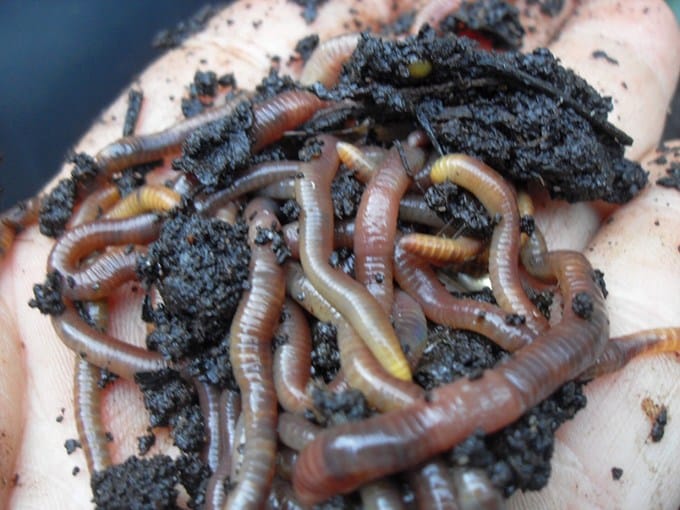
Living soil is a method that can be used both indoors and out. A living soil utilizes beneficial microbes and insects to mimic a natural environment for the plant.
This is different than the environment created by conventional gardening and agricultural practices, which rely heavily on the use of pesticides and soil amendments.
A living soil is easier to maintain, more sustainable, and produces better quality plants. In living soil, microorganisms in the earthwork with the root systems of your plants to deliver vital nutrients at your plant’s beck and call.
Living soils can also include the introduction of earthworms to raised beds and large containers. Red wiggler worms are often used in vermicompost and can also be added to large containers to improve aeration and act as a fresh source of worm castings.
However, it’s important to only add a couple of worms to containers that are the size of half of a wine barrel and up. When worms don’t have enough space, they can damage the root systems of plants and die quicky.
Components of organic soil perfect for Cannabis growing
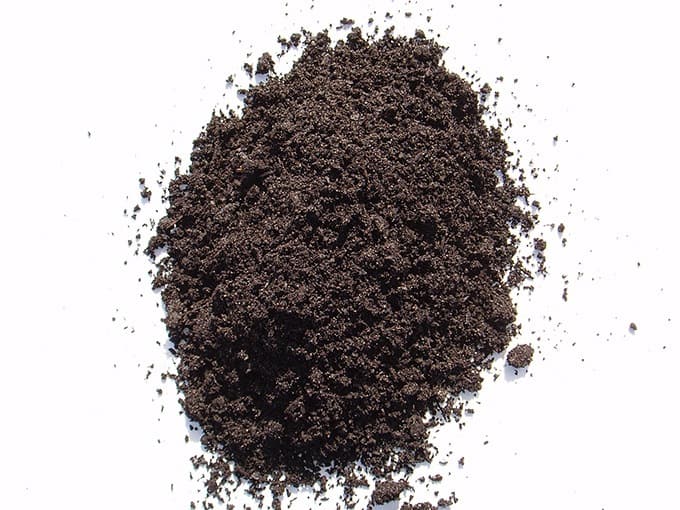
Hoping to build a quality organic soil? While there a large number of soil recipes out there, here are a few basic ingredients to get you started:
-
Coco Coir
Too much nutrient-dense topsoil can damage sensitive roots. However, using a benign base like coco coir can help hold onto water and provides aeration to the soil.
Aerated soil means that your plant is less likely to develop an infection from pathogenic fungi or bacteria.
Water retention means that you use less water overall, which is better for both the environment and your pocketbook.
While some growers use peat moss, coco coir is a more sustainable alternative. Peat moss must be mined from bogs and it can take up to 25 years for the peat moss to be replenished.
In contrast, coco fiber is a byproduct of the coconut industry. By using coco coir, you reduce the waste products from the coconut industry and lessen the demand for mined goods.
As much as one-third of your soil mixture can be coco coir. You can also add some leaf litter.
-
Compost
High-quality compost should make up a large bulk of your soil. Compost most closely mimics nature as it is made up of decomposed plant products.
As much as one-third of your soil mixture should be made from high-quality organic compost. Using compost is not only more environmentally sustainable, but it provides an inexpensive source of nutrient-dense soil.
-
Worm castings
Simply stated, worm castings are worm poop. Worm poop provides a hefty dose of nitrogen and other vital nutrients without relying on unsustainable ingredients like bat guano.
Unlike chemical nutrients, worm castings will never burn your weed plants. This means that you can add as much as you like to soil.
-
Parboiled rice hulls or small lava rock
Parboiled rice hulls and small lava rock are good alternatives to perlite, which is mined and can be expensive.
Rice hulls are also another agricultural byproduct, meaning that using rice hulls is a way to reduce agricultural waste all around.
However, the idea here is to include a product that promotes proper drainage and provides improved aeration for your soil.
Better aeration means more opportunity for beneficial microbes to thrive and harmful ones to suffer.
This aeration material should make up to or slightly less than a quarter of your soil mixture, about 20 percent.
Rice hulls and lava rock can also be placed on top of indoor and outdoor containers to provide natural weed protection.
However, nitrogen-fixing cover crops can also provide this service and will also supply more nitrogen to plant roots and prevent water evaporation from heat and light.
Red clover is one such cover crop.
-
Topsoil
A high-quality, organic topsoil should make up the rest of your soil mixture, minus any additional amendments you’d like to use.
Topsoil from a local source is always the most sustainable, however, any organic topsoil you like can be used as well.
Yet, it’s important to make note of what amendments are already in the topsoil before adding additional supplements. If your topsoil is already nutrient dense, it acts like an early fertilizer. Additional fertilizers can be added on later.
-
Kelp meal
Kelp meal is like a green smoothie for your cannabis plants. Not only is it rich in nutrients, but kelp meal is an important food for beneficial fungi.
While molds and fungus are often thought of with disdain by gardeners, the presence of fungi is vital for healthy plants. Beneficial fungi improve root growth, immunity, and nutrient absorption in plants.
Add ½ cup per cubic foot of soil, or as the package recommends.
-
Neem seed meal
Neem seed oil is one of the most common anti-pest agents used in organic growing. Adding neem seed meal to soil can provide both preventative and nutrient benefits to plants.
Neem seed meal is thought to improve microbial activity and repels pesky fungus gnats, which carry pathogens that may be harmful to plants.
Add ½ to one cup per cubic foot of soil, or as the package recommends.
-
Biochar
Biochar is becoming increasingly more popular in organic weed growing. This unique charcoal can be added to soil to capture water and hold water-soluble nutrients that may be otherwise rinsed out with watering.
Biochar also has a high surface area that provides a home to many beneficial microorganisms. When inoculated with a compost tea, biochar can make for a powerful soil amendment that improves the health of living soil.
Add ½ to one cup per cubic foot of soil, or as the package recommends.
-
Gypsum or dolomite lime
Many living soil recipes use oyster shell instead of gypsum or dolomite lime. While it’s possible to ask a local restaurant or oyster bar to fork over their extra shells instead of sending them to a landfill, purchasing oyster shell is not the most environmentally sustainable decision.
In the wild, oyster shells provide habitat for numerous small aquatic animals. However, if you happen to find a sustainable source of oyster shells, then no harm is done.
Still, there are other sources of calcium that also work quite well. While some thrifty gardeners use eggshells to boost soil calcium, adding about ½ cup of dolomite lime or gypsum per cubic foot may also work well.
Dolomite adds calcium and magnesium to the soil, while gypsum also adds calcium and can correct if their is too much magnesium in the soil, perfect to all all the rich nutrients needed to grow our organic marijuana plants.
If the topsoil you use already contains high levels of calcium and magnesium, blindly adding dolomite lime or gypsum to the product may be unnecessary. Before adding nutrients it is always beneficial to do your research based on the products you are using.
-
Trace minerals
Trace minerals provide a little extra nutrient density to the soil. Plants use a variety of minerals to perform biological functions and relies on microorganisms in the soil to make these minerals available for use.
Add according to package recommendations.
-
Mulch (straw, wood chips, clover)
Once the soil is mixed, adding mulch to the mixture is the last step for a healthy organic soil. Adding much can improve the soil’s fertility over time, as the mulch breaks down and continues to add nutrients to the soil mixture.
This is similar to a forest or any other fertile landscape, where plants die and decay back into the soil and nutrients are recycled. Mulch also adds air to your soil, protecting against anaerobic pathogens that can make your plants sick and diseased over time.
Pest control
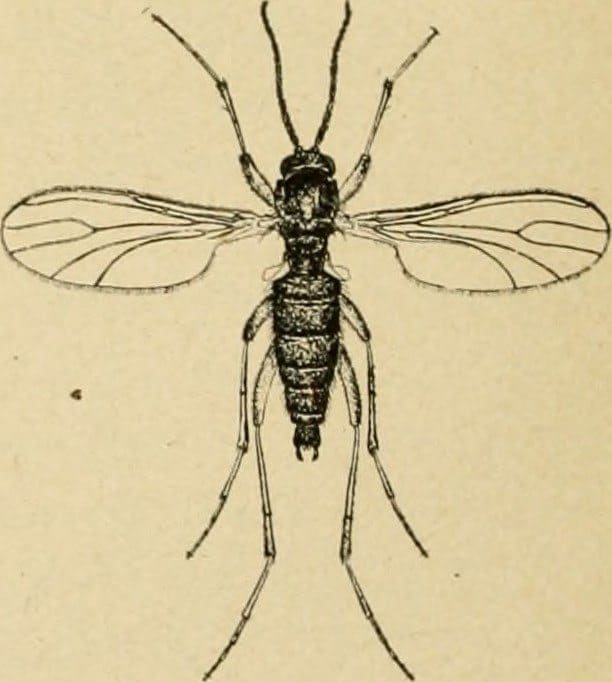
Why treat pests when they happen instead of preventing them in the first place? With a little bit of planning, it’s possible to reduce your risk of pests by using preventative methods.
-
Companion planting
Companion planting is the process of including beneficial plants around your outdoor garden or greenhouse. These plants can deter pests and help keep your plants pest-free.
Other plants, like the above mentioned red clover, can act as cover crops that prevent water loss and add nitrogen back into your soil.
Common pest-fighting companion plants for cannabis include:
- Cilantro
- Chervil
- Dill
- Marigold
- Mint (plant in separate container)
- Rosemary (plant in separate container)
- Sunflowers
- Yarrow
-
Beneficial insects
Even indoors, releasing ladybugs and the occasional praying mantis will introduce natural predators to your garden. Ladybugs will chomp on damaging aphids while the praying mantis will scarf up gnats and other small insects.
-
Diatomaceous earth
Diatomaceous earth is made of crushed and fossilized diatoms.
Not only is diatomaceous earth a safe and natural flea preventative, this powder can be used to repel insects from our plants with a tough exoskeleton like ants.
Often given to poultry and other animals, diatomaceous earth is sharp and jagged, like glass. While it may dry out skin in humans, these glass-like fossils can pierce the exoskeletons of tiny insects and cause dehydration.
However, if you have introduced predatory insects to your garden, be mindful of how the diatomaceous earth is used.
-
Neem treatment
While neem oil sprays are found in grow shops and garden stores, you can also whip up a quick anti-pest spray with leftover neem seed meal.
For a natural pesticide, it’s possible to soak one cup neem seed meal in a permeable bag in a gallon of water and let it sit for 24 hours.
Then, you can use the neem seed tea as a foliar spray to get rid of insects. If this isn’t enough, concentrated neem oil is another alternative.
Growing organic medical cannabis
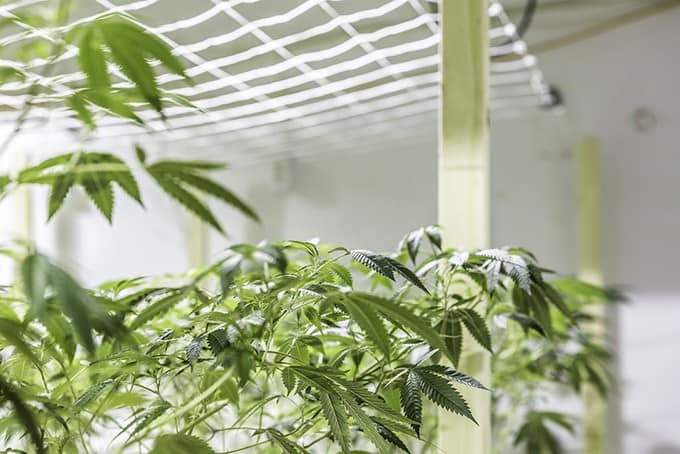
Here’s where things become counter-intuitive.
While most growers love to use lush, nutrient-rich soil for their cannabis plants, giving your plants too much luxury might not equate to greater terpene and cannabinoid production.
Maybe you’ve had this experience: you grab some beautiful, hydroponic strawberries for sale at the grocery store.
While they look delicious, you’re quickly disappointed after taking the first bite. While these red, succulent fruits look appealing, the flavor just isn’t there.
While plants absorb nutrients from their roots, plants create secondary metabolites like terpene aroma molecules and cannabinoids in response both to environmental and genetic factors.
For example, many growers have caught on to the notion that using UVB light in the grow room can enhance THC production.
Similarly, in order to coax out purple coloration from certain plants, exposing the herb to cooler nighttime temperatures is recommended.
While THC and other cannabinoids are often thought as the medicinal components of cannabis, terpene aroma molecules hold almost equal importance.
Terpenes are what give individual strains their unique properties and can enhance the medicinal effects of the plant.
Research on medicinal herbs shows that stress enhances terpene production.
Specifically, plants exposed to a slight drought demonstrate greater terpene production than those that do not.
So, while giving your plants a healthy soil can make them produce big, lush flowers, it’s the stressful conditions that kickstart your plant’s external immune system and help it create the terpenes and cannabinoids it needs to survive.
Too much stress, however, can be damaging to plants.
Thus, it’s important to watch your plants closely and strike the right balance based on how they’re reacting. Wait for the soil to become dry before watering again. Soil should be kept on the drier side without causing the plants to wilt.

